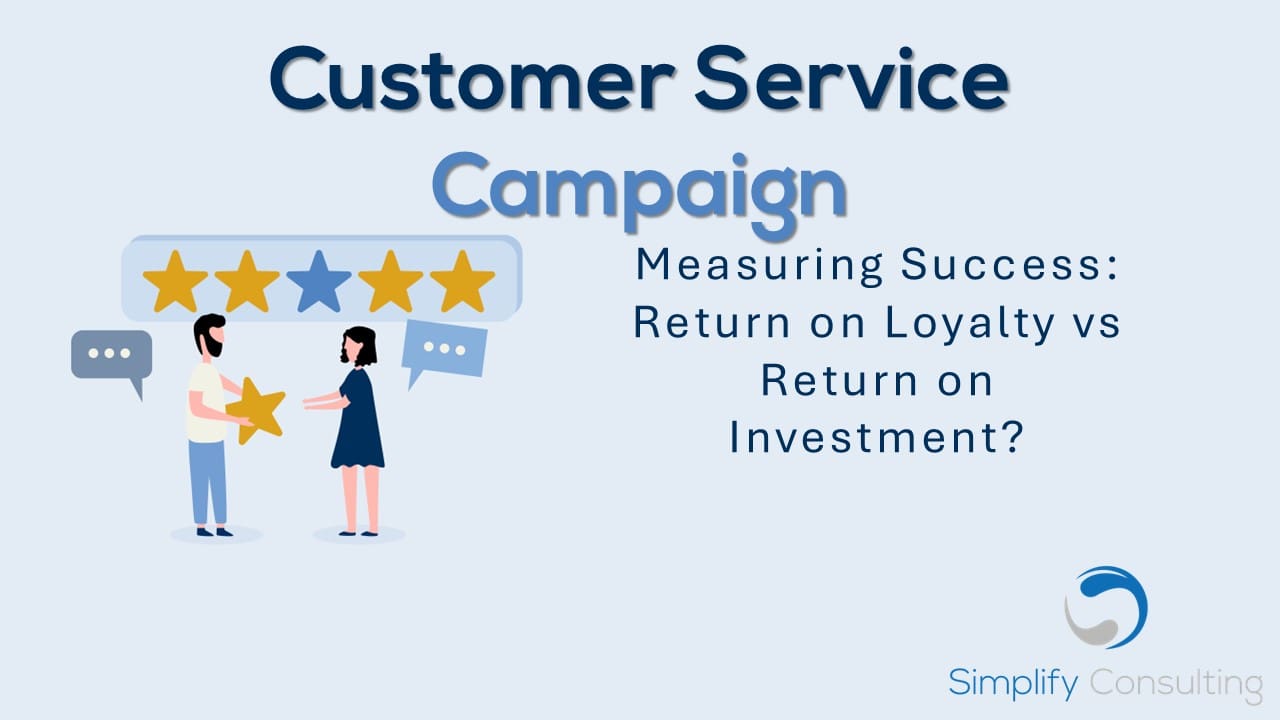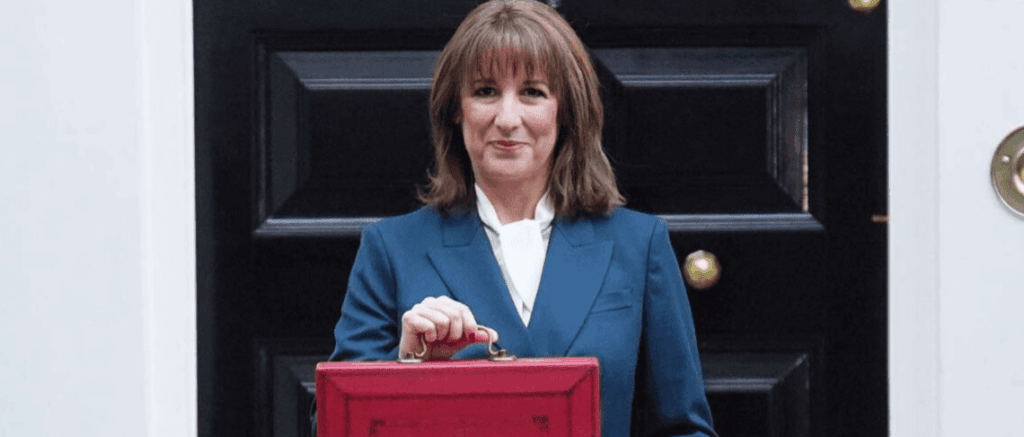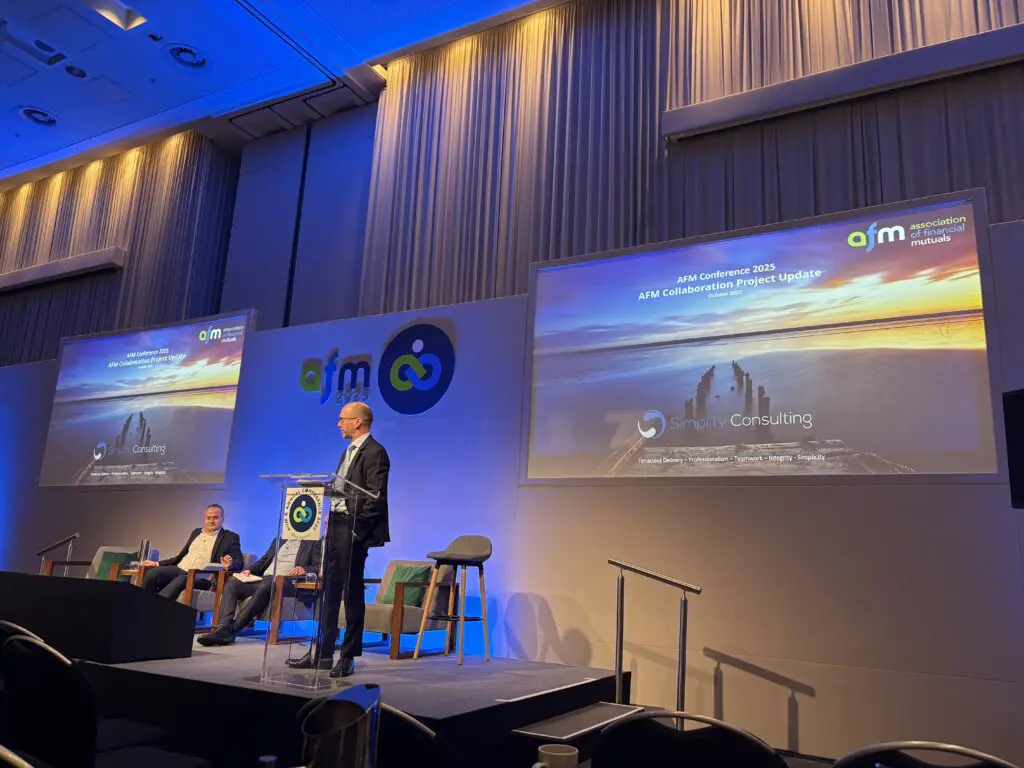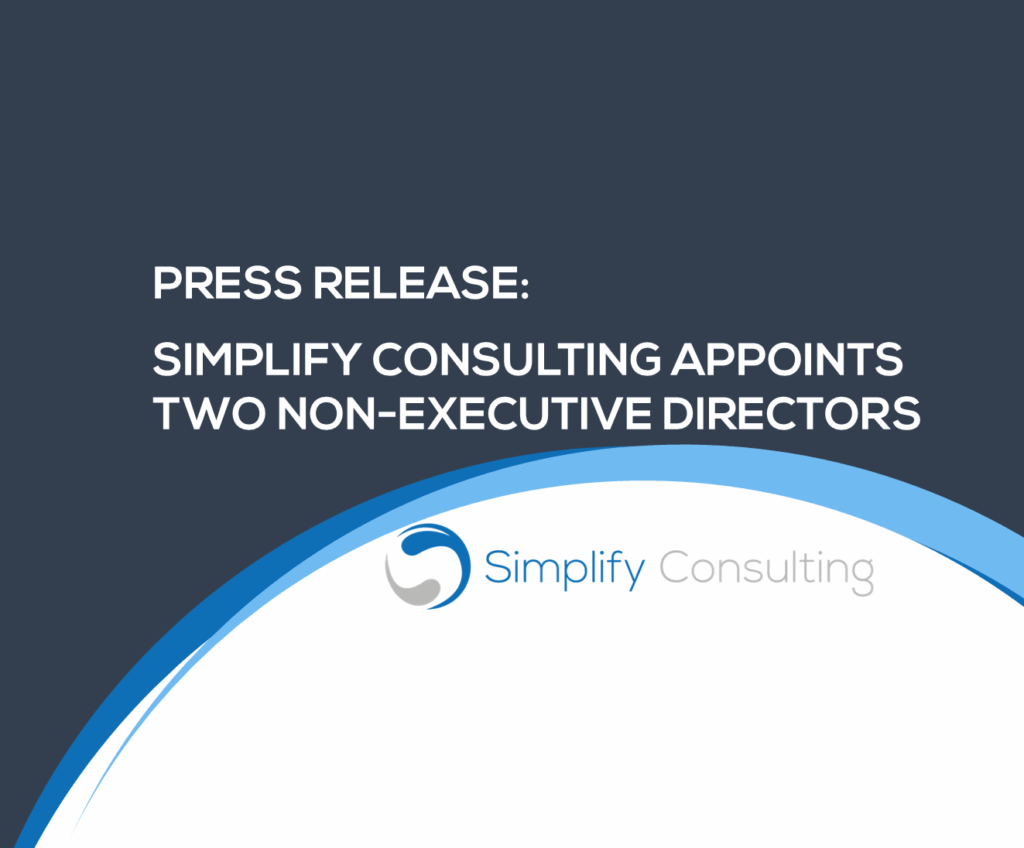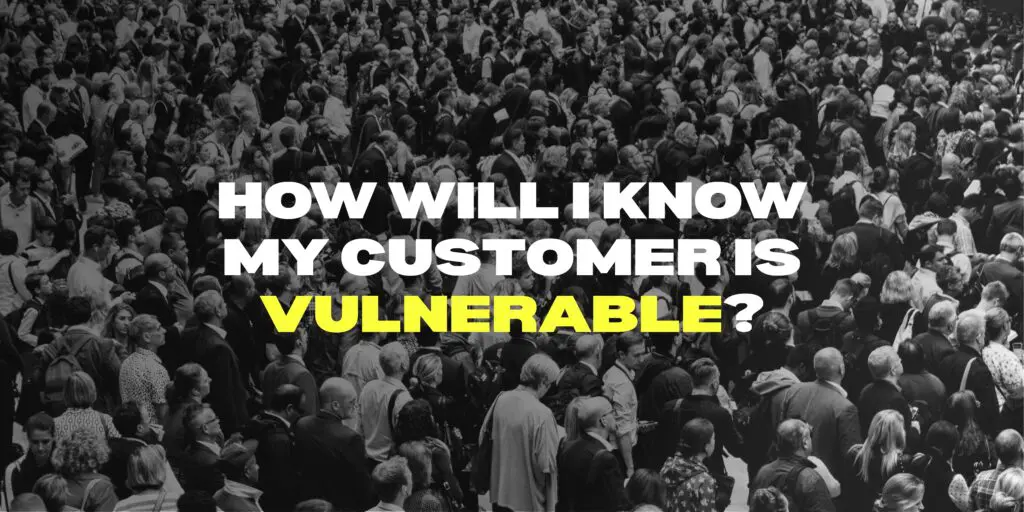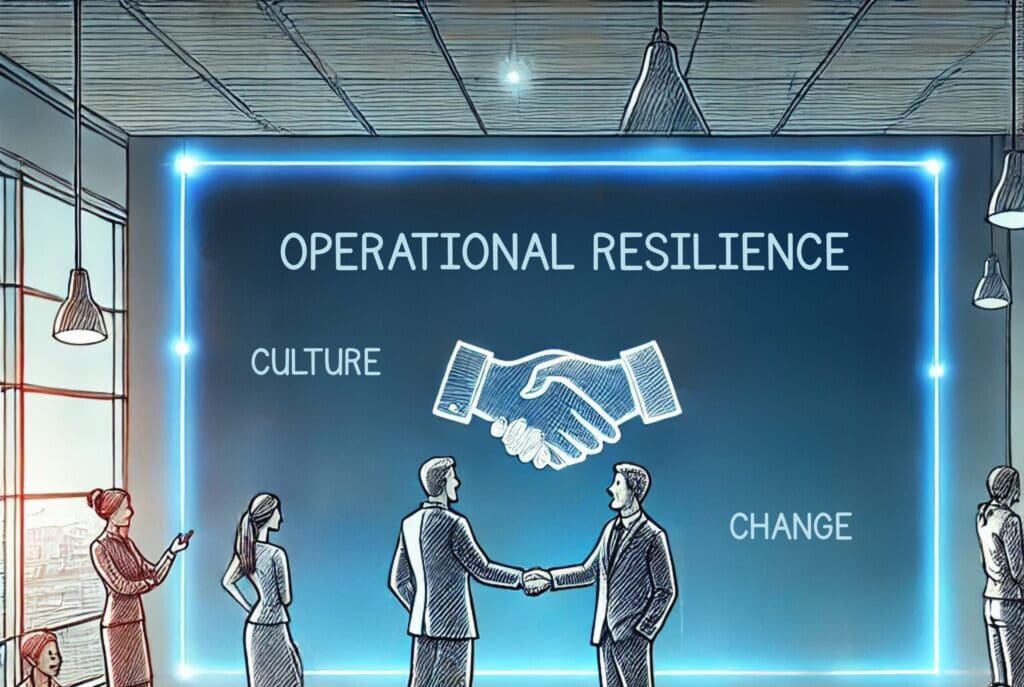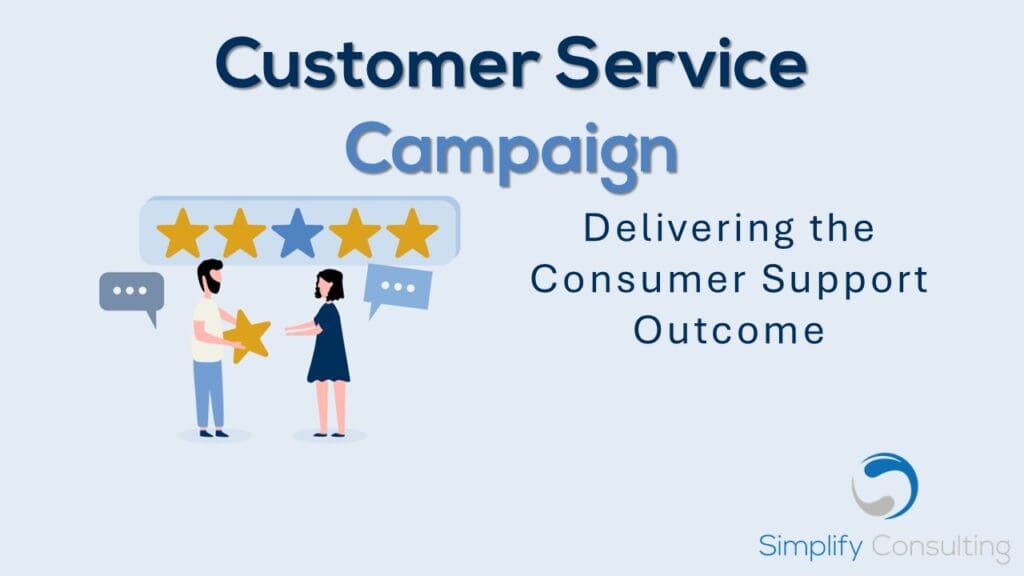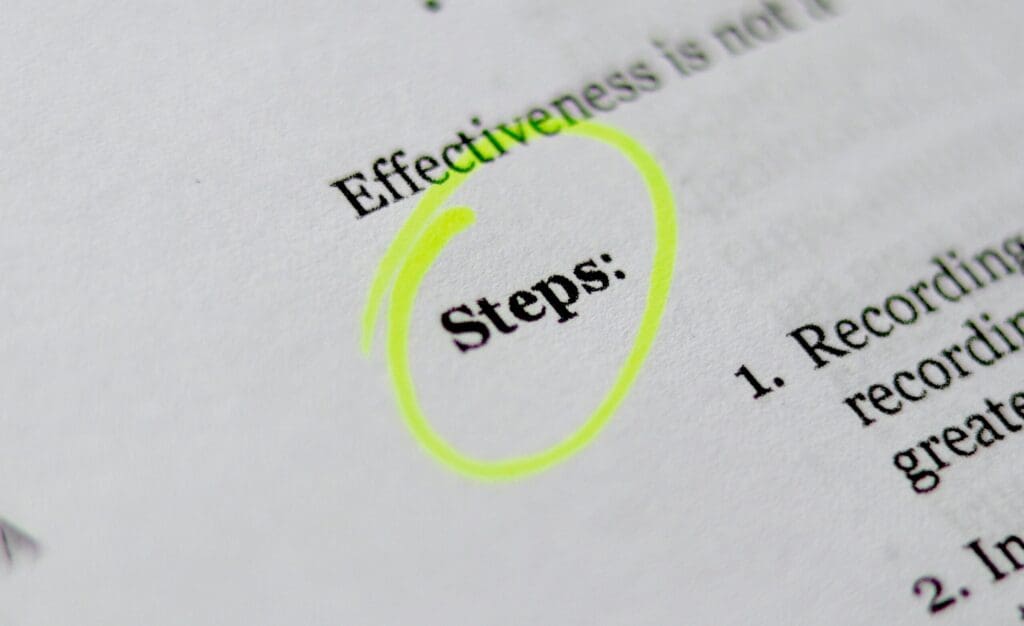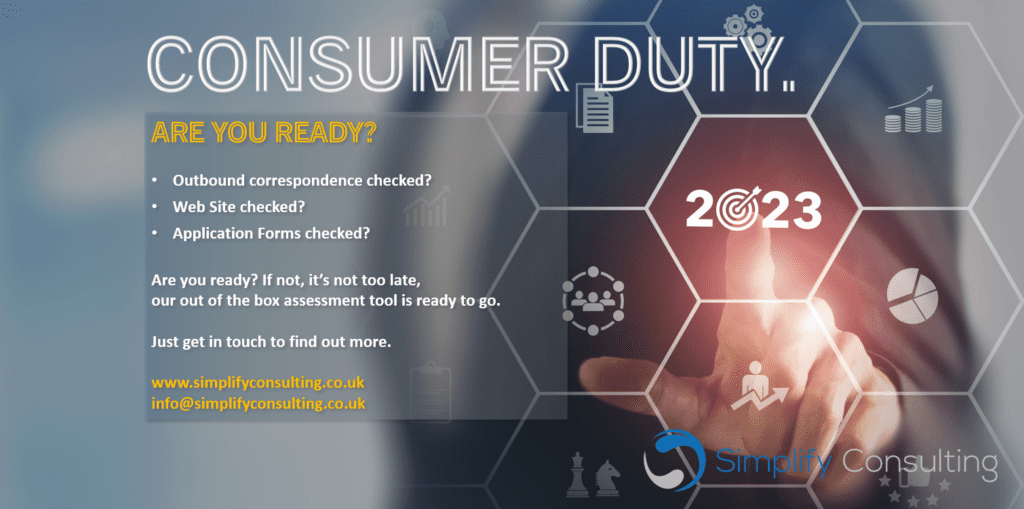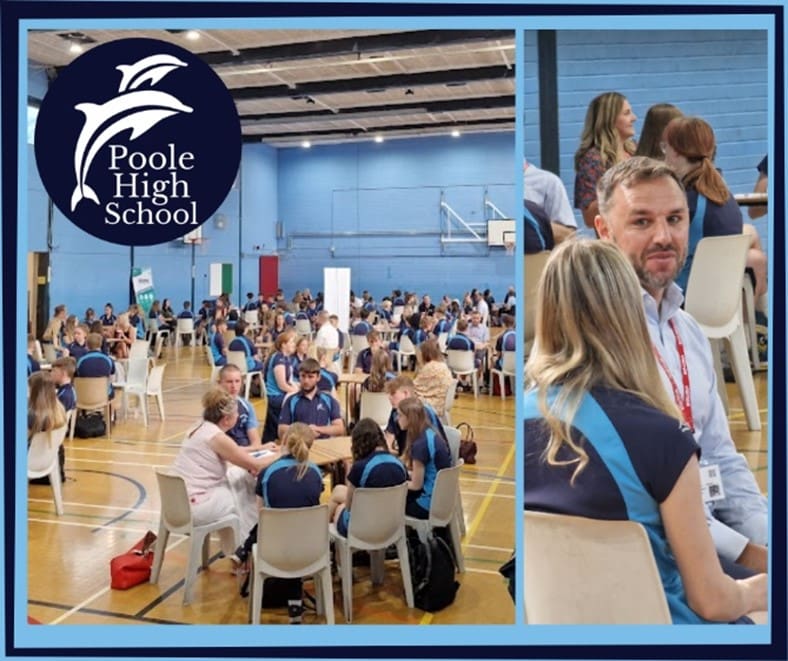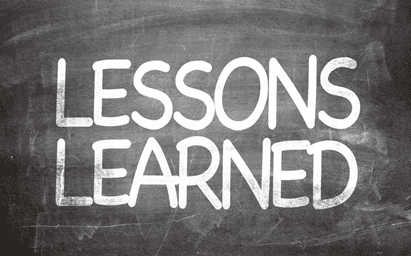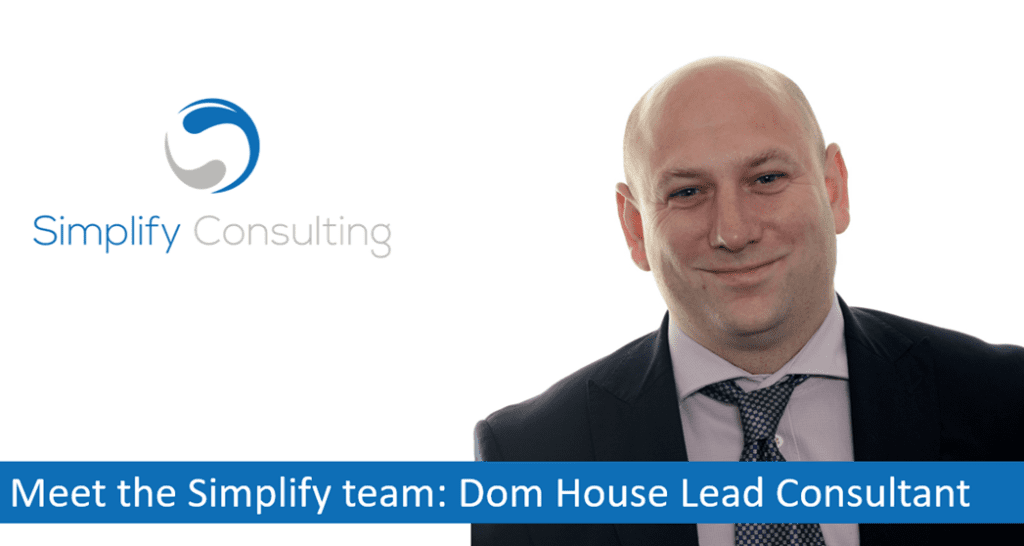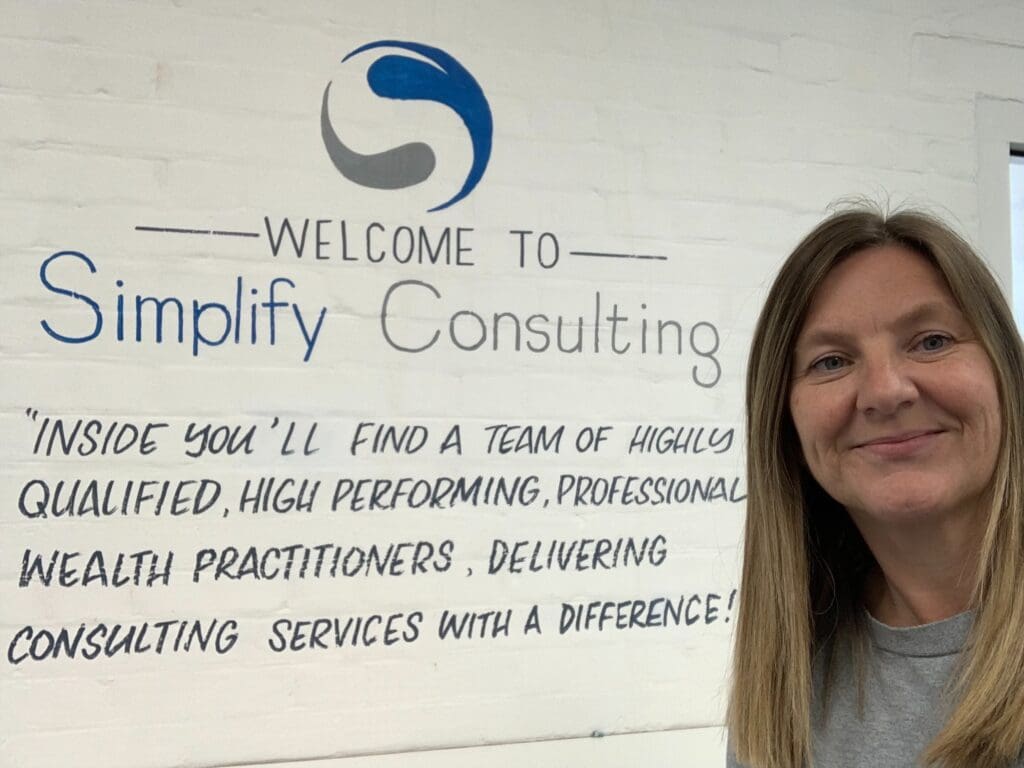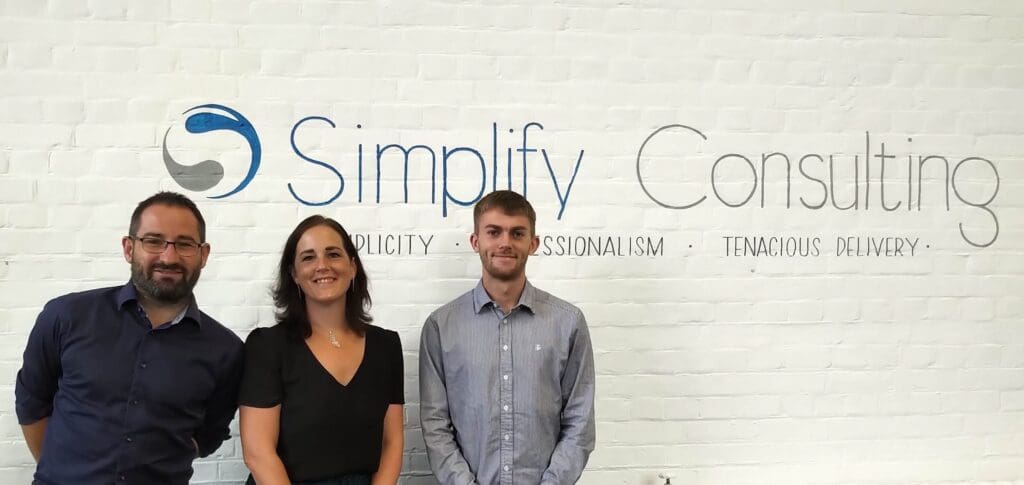The crux of the issue is this; despite all of the technology advancement across industry and the huge investment in rolling out digitally enabled propositions, are we confident that those investments are not just delivering a corporate Return On Investment, but an improvement in the customer’s Return On Loyalty. Two very different measures that are equally important in maximising to enable change that benefits both the organisation and the customer. Outside of financial services my perennial exasperation remains with Airlines, who despite significant technology adoption in E-tickets, online check in and online purchasing, continue to deliver one of the poorest customer experiences possible, beset by endless queueing, inevitable delays and the fascination of now being asked to show your e-ticket at least five times to at least a third of the airport workforce before you can actually get on the (delayed) plane (via the bus).
(And breathe).
Which brings us nicely onto financial services. Are we confident that our transformation projects in operations and at the front line of customer services have actually delivered an enhanced experience and positive set of outcomes for the customer, as well as for the organisation and its cost base? Are we convinced that telephony system upgrades, live chat, and chatbots have eradicated long wait times, helped people get to the answer they’re looking for more quickly or given them correct information to enable them to make informed decisions? Have we done everything we possibly can to eradicate friction and eliminate frustration? Or has the focus too often been on reducing costs, creating capacity and turning interactions around more quickly to meet increasing volumes? E.g. doing more with the same or less. How often do business cases talk about the underlying benefits to the customer; how often is the voice of the customer even referenced in those business cases? How often is transformation instigated based on customer feedback and employees taking the time to walk in the customers shoes?
In 2023 (1) Microsoft conducted a study that showed that despite all of the technology advancement, customers continued to experience elongated wait times of over 8 minutes in the financial services sector (more than double that of local Government – and who said the public sector wasn’t efficient?) That’s just one overall component of the traditionally used measure of ‘Average Handling Time’ (AHT), which companies often incorrectly target a reduction in as a measure of success when they embark on contact centre projects. In reality, the time spent talking to the customer should be proportionate to the issue they are discussing, any vulnerabilities they may have and the outcomes they are looking for; it may be prudent for the total ‘talk time’ to actually increase, recognising a more customer oriented, relationship focused interaction that helps to build loyalty and repeat business.
Let’s put the customer at the heart of transformation. Customer retention is a key measure in evidencing customer satisfaction. Keeping customers happy reduces complaints, reduces attrition and often results in happier, more content colleagues who aren’t pressured by unrealistic AHT targets that fail to put the customer first. Let’s start seeing customer as a valued stakeholder in any front office transformation project, where their importance is on an equal footing as cost savings and efficiency targets.
Let’s see what we could really achieve, if we designed transformation around the needs and wants of the customer, as much as the commercial imperatives of the organisation. Let’s see what we could achieve if we created really simple digitally-enabled, human-led journeys for our customers to interact via; ones that value their time as much as we value our employees time.
Let’s see what we can really achieve.

Carl Woodward
Director
